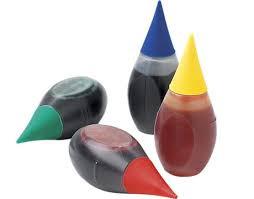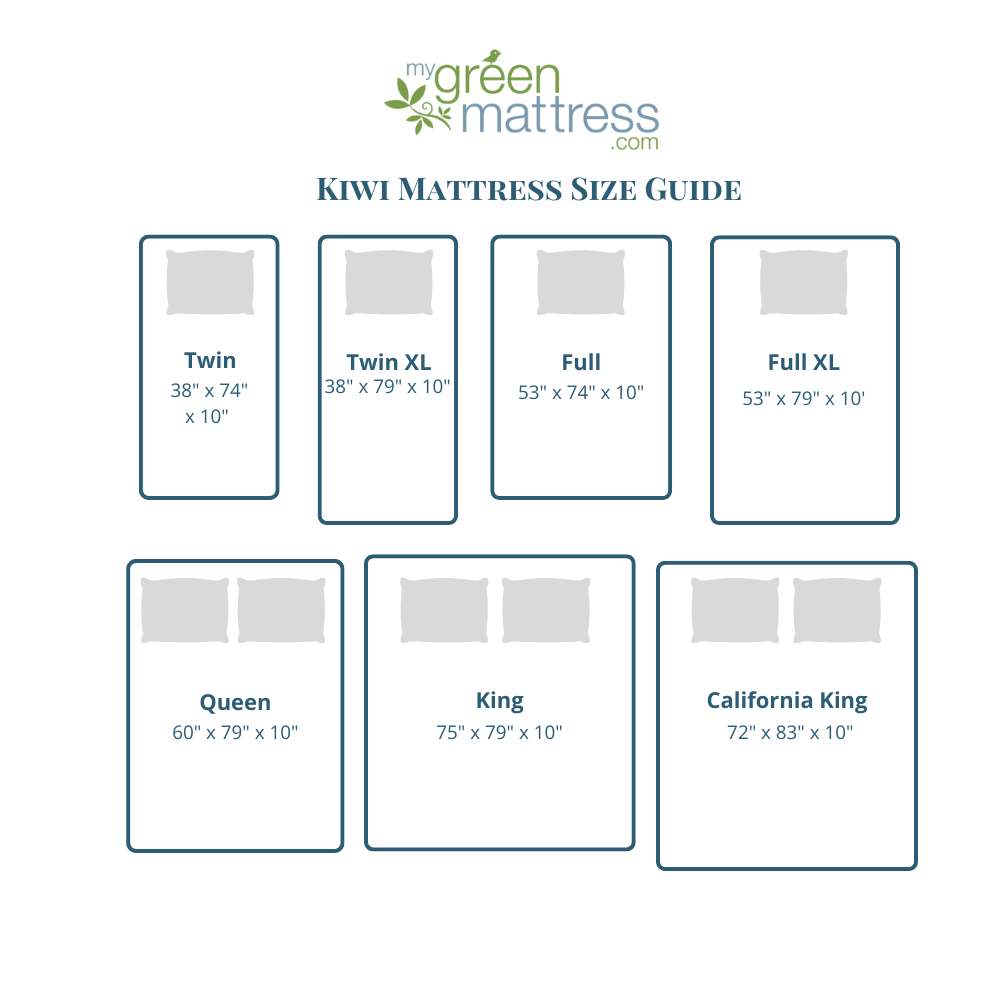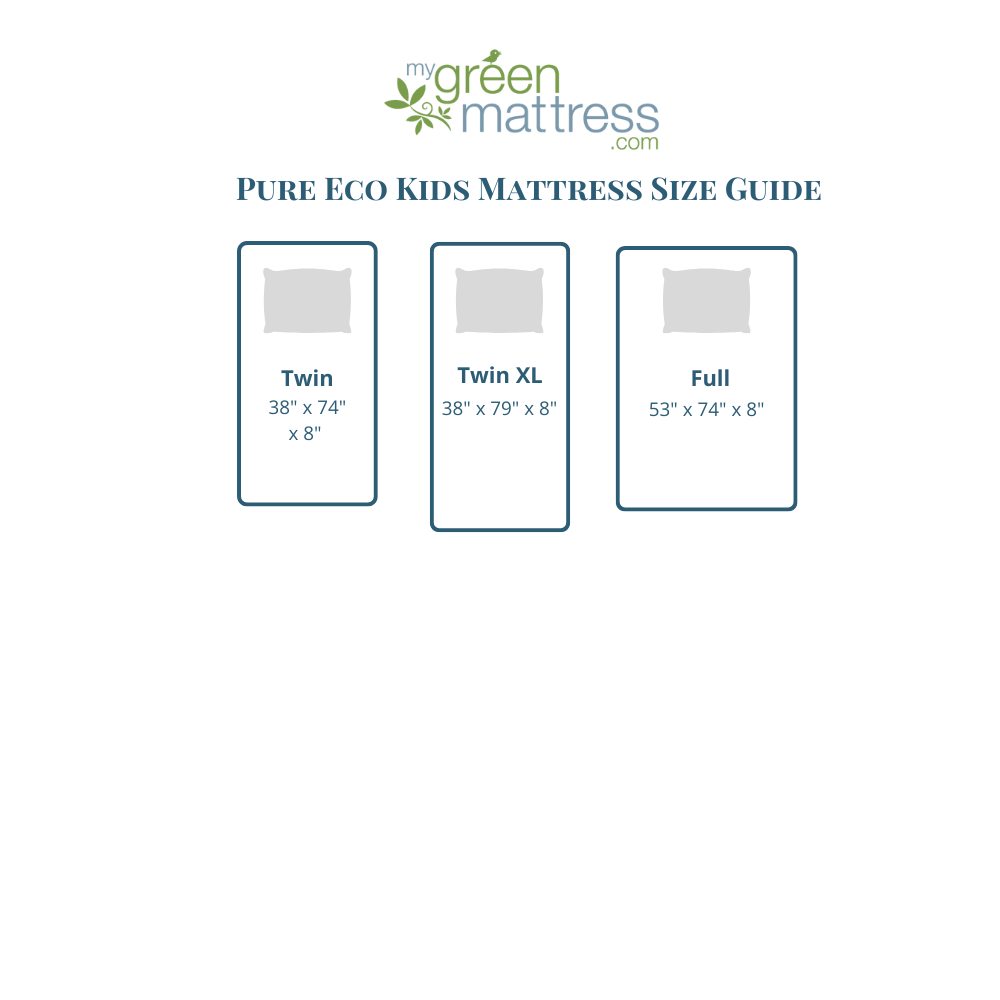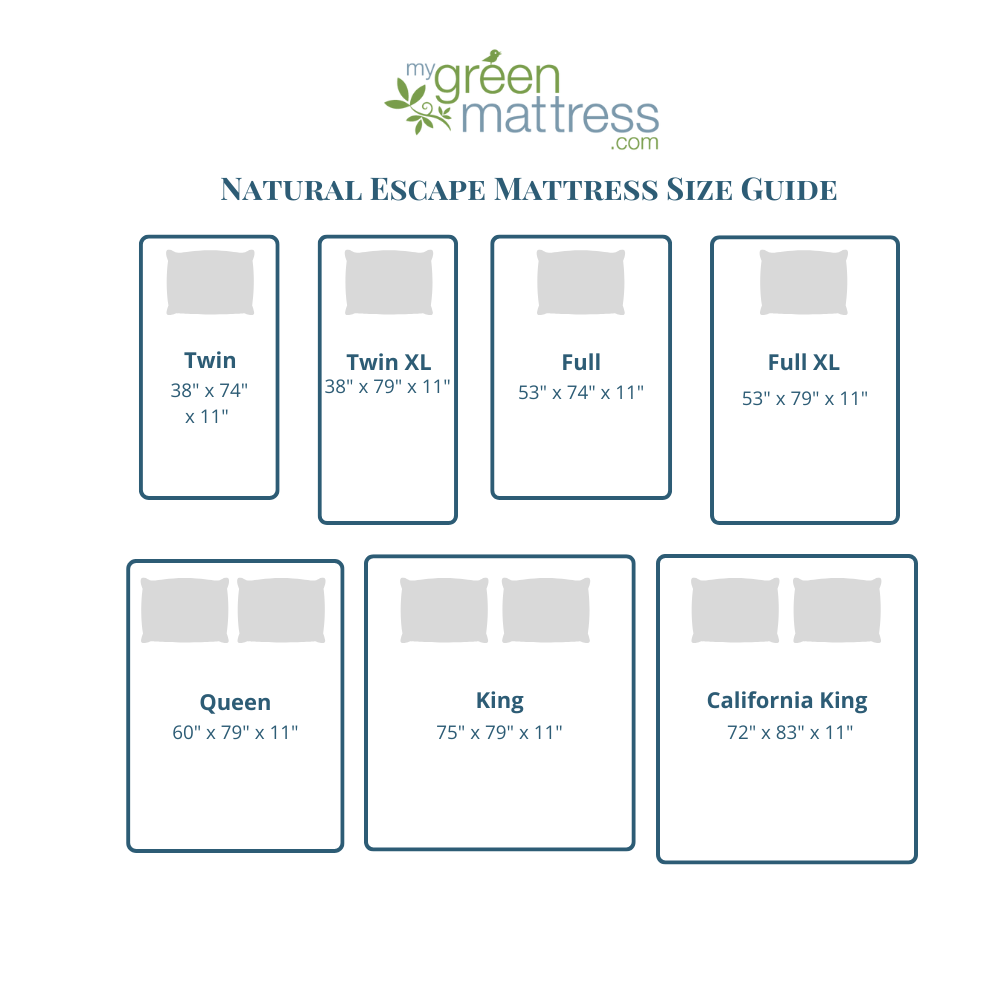Artificial food dyes are plentiful in processed foods and baked goods, which makes it hard for people to believe that they could actually be bad for anyone’s health. Yet, there is clear evidence linking them to cancer, behavioral issues, and allergies, to name a few. It’s time to get them out of our food system and, if people feel the need, to replace them with natural alternatives.
For me, this journey is personal. Because I was raised by a naturopath who taught me early on about good and not so good food choices, I knew from a young age about the side effects of food dyes. Though I was resolved to raise my kids without them, I didn’t think it would be a problem for the kids to have the dyes every once in a blue moon, like at a birthday party. This was until I noticed from the very first time upon my oldest son having it, that he had a very clear and real sensitivity to dyes, especially red dye. We learned, by trial and careful watching, that the red dye in particular reacts with my older son’s chemistry in a way that is so unfair to his body and emotional well being. He goes from being a sweet and thoughtful child to raging for a two week period. These rages include hurting others and him saying horrible things about himself. During these times he thinks very badly of himself; it’s heartbreaking to watch and overwhelming after two straight weeks.
Because the FDA allows these artificial food preservatives and colorings in our food, it leads consumers to believe that they are perfectly safe. Unfortunately, this couldn’t be farther from the truth. These same food dyes, along with a load of food additives used in this country, are banned in other countries, including all of Europe. In fact, many of the same companies using them in food sold here, sell the same food in Europe without the additives in them! A close look at one popular food with a comparison provided by Food Babe shows that “there’s only one difference in Rice Krispies between the U.S. and U.K. version – but it’s a big difference. It’s one ingredient that is banned virtually in every other country, except here in the United States. That ingredient is called BHT (butylated hydroxytoluene) or BHA (butylated hydroxyanisole) and is a very common preservative used rampantly throughout packaged food in the U.S.”
By reading the ingredients of products and refusing to buy ones containing artificial ingredients, such as BHT, TBHQ, BHA and artificial colors, you can send a clear message to the food manufacturers: America doesn’t want artificial ingredients in their food either. By not buying these foods, you will also be saving your family from the side effects these additives create. It’s important to start in the home and to also stand up for your children by demanding better for them at school and when going out as a family.
The good news is that there are natural options that are relatively easy to get. These days stores selling natural and organic foods often have dyes and sprinkles for baking and such available in colors derived from plants. Some brands include Maggie’s Naturals, India Tree and The Gourmet Baking Company. A quick tip – reading labels means reading every label, even the ones you assume can’t possibly have any added preservatives or colors. Food dyes (and preservatives) are in places where you might least expect them, including in many brands of jarred pickles and white marshmallows. Heck, it’s even used in fish food!









